Have nothing in your house that you do not know to be useful, or believe to be beautiful
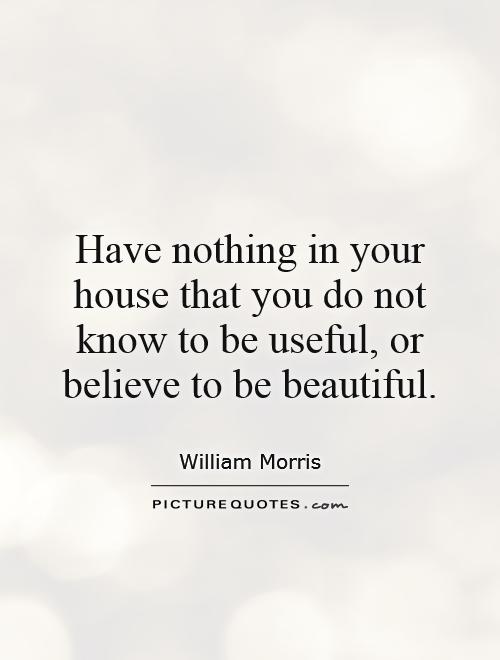
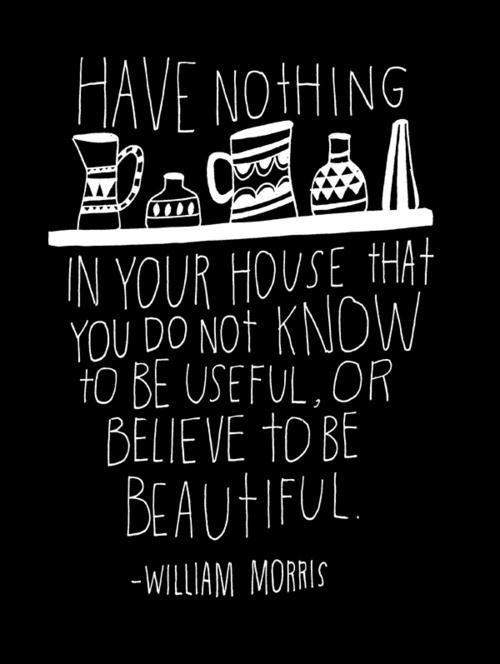
Have nothing in your house that you do not know to be useful, or believe to be beautiful
William Morris, a prominent figure in the Arts and Crafts movement of the late 19th century, is often remembered for his famous quote: “Have nothing in your house that you do not know to be useful, or believe to be beautiful.” This statement encapsulates Morris’s philosophy on design and the importance of surrounding oneself with objects that are both functional and aesthetically pleasing.Morris believed that the objects we choose to have in our homes should serve a purpose and bring joy to our lives. He rejected the idea of mass-produced, disposable goods in favor of handcrafted items that were made with care and attention to detail. For Morris, the beauty of an object was not just in its appearance, but in the craftsmanship and thought that went into creating it.
In keeping with this philosophy, Morris founded his own design company, Morris & Co., which produced a wide range of decorative arts including textiles, wallpaper, and furniture. His designs were inspired by nature, folklore, and medieval art, and were characterized by intricate patterns and rich colors. Morris believed that by surrounding ourselves with objects that were thoughtfully designed and well-made, we could create a more harmonious and fulfilling living environment.
The idea of only having objects in your home that are useful or beautiful may seem simple, but it carries a deeper meaning. It is a call to be mindful of the things we bring into our lives and to consider the impact they have on our well-being. By surrounding ourselves with objects that are both functional and aesthetically pleasing, we can create a space that is not only visually appealing but also conducive to our physical and emotional well-being.


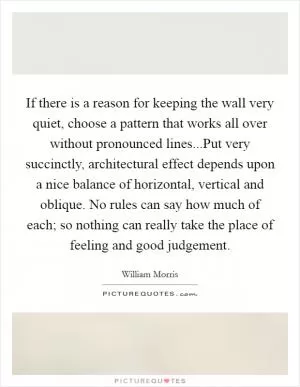


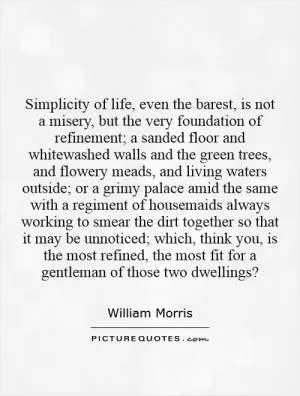


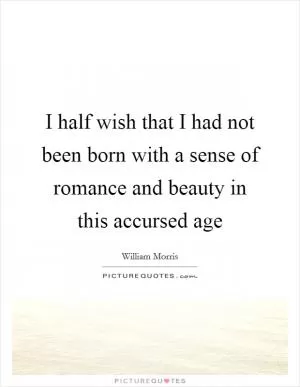
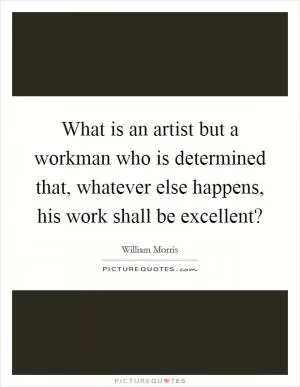
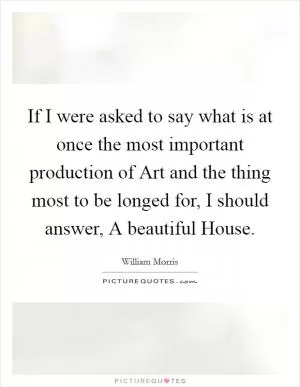
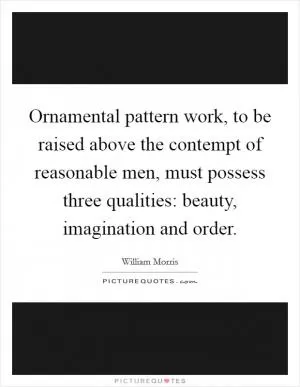
 Friendship Quotes
Friendship Quotes Love Quotes
Love Quotes Life Quotes
Life Quotes Funny Quotes
Funny Quotes Motivational Quotes
Motivational Quotes Inspirational Quotes
Inspirational Quotes